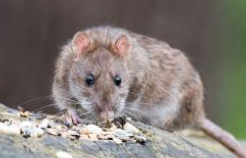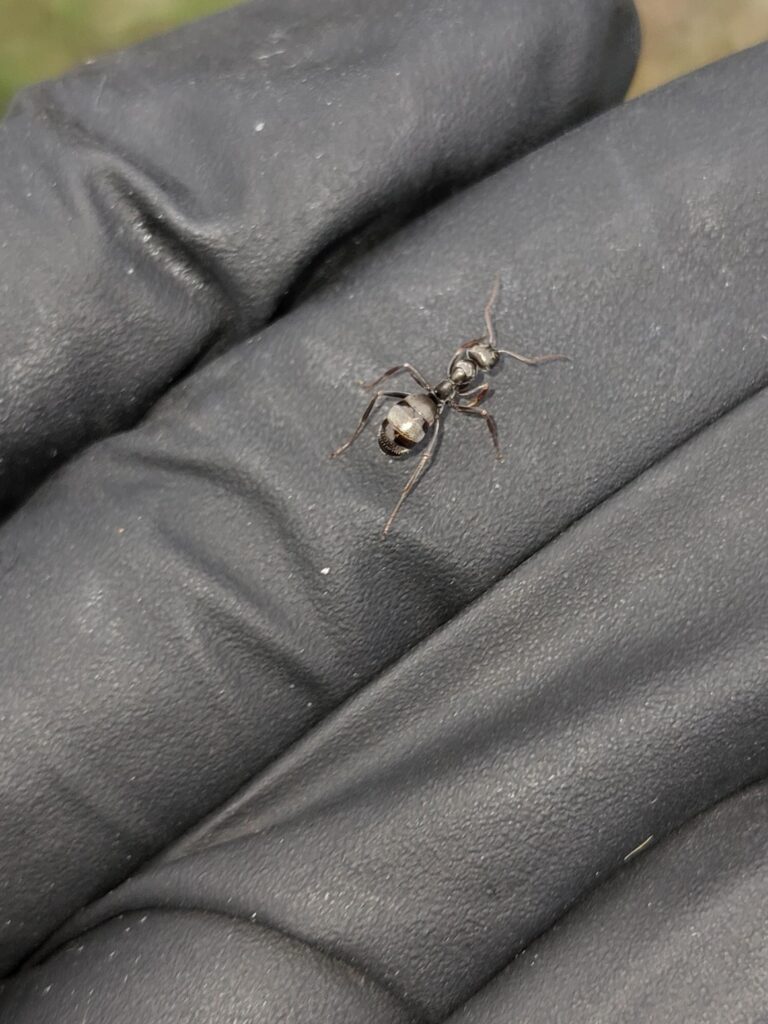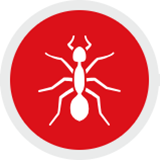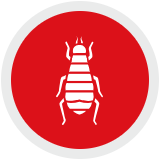Carpenter ants are more than a minor problem. These large ants tunnel through moist or rotting wood, weaken your home’s framing, and build satellite nests that can spread quickly.
According to the University of Minnesota Extension, a single carpenter ant can travel up to 100 yards in search of food. That’s about the length of a football field. So, the ants you spot in your kitchen or bathroom might be coming from a hidden nest far from where you see them.
If you’ve noticed piles of wood dust, faint rustling in the walls, or large, dark ants wandering around at night, it’s time to learn how to get rid of carpenter ants before they cause significant damage. The steps below walk you through practical, safe solutions that any Seattle-area homeowner can use to take control and protect their home.
Confirm You Are Dealing with Carpenter Ants
In the Seattle area, the most common carpenter ants are Camponotus modoc and Camponotus vicinus. They require a specific removal approach, so it’s essential to identify them correctly. Here are some tips to help you get started.
Spotting a Carpenter Ant
Look for these physical features:
- Size and color: Carpenter ants are typically ¼- to ½-inch long and range from solid black to black with reddish tones
- Body shape: They have a single “waist” node, a rounded thorax, and long, bent antennae
- Wings or no wings: Carpenter ant colonies have wingless workers that forage year-round, and winged swarmers that emerge in spring to mate and start new colonies
Signs of Carpenter Ant Activity
These signs indicate where carpenter ants are active, both inside and outside your home:
- Frass: Fine, wood-colored shavings pushed out of kick-out holes
Hollow sounds: When you tap suspicious trim or studs, a hollow echo signals a gallery (tunnel) - Night movement: Carpenter ants are active after dusk
Understand Why Carpenter Ants Choose Your Home
Carpenter ants don’t eat wood; they tunnel through it to create their nests near food and water sources. Some common reasons they choose your home are:
- Soggy or rotting wood from roof leaks, plumbing drips, or poorly sealed windows
- Tree branches that touch your siding or roof and give ants easy access
- Firewood stacked against exterior walls
- Food spills
DIY Ant Removal: Immediate Actions
It’s essential to act quickly against carpenter ants to prevent structural damage. Since they often nest deep inside walls, killing the ants you see won’t solve the problem. Use these simple steps to start tackling the issue yourself.
Track the Main Nest
Follow worker ants along baseboards, plumbing lines, or electrical conduits using a red flashlight. Primary nests are often found in damp structural wood, while satellite nests may be hidden in:
- Insulation
- Door frames
- Porch posts
Clean and Store Food Properly
Keeping your home clean removes food sources that attract carpenter ants. Vacuum crumbs, wipe sugary spills, and seal pantry goods in airtight containers. Keep pet bowls clean and avoid leaving fruit ripening on counters overnight.
Use Targeted Bait
Slow-acting sugar-based baits are effective because worker ants carry the poison back to the colony and share it through feeding, eventually reaching the queen. Place bait stations along trails and near entry points to reach the entire colony. Always follow label directions and keep bait out of reach of children.
Try Low-Toxicity Dusts
Applying boric acid or diatomaceous earth in wall voids can kill ants by damaging their exoskeletons. Apply dust with a bulb duster and seal any access holes afterward. Always wear gloves and keep pets away until the dust settles.
Use Non-Repellent Sprays
Non-repellent sprays create invisible barriers that ants walk through, transferring poison to others in the colony. Use these sprays indoors only when necessary and ventilate well after application.
Seal Entry Points
Sealing cracks and gaps with silicone caulk blocks ants from entering. Check these seals regularly, especially during warmer months.
Eco-Friendly Options for Concerned Homeowners
For homeowners looking for eco-friendly ways to manage carpenter ants, consider these practical options:
- Essential oils: Clove or orange oil sprays can temporarily repel ants along their trails, but usually won’t eliminate the whole colony by themselves
- Bait rotations: Changing bait formulas every few months helps reduce ant resistance and lowers the overall chemical use
- Integrated Pest Management (IPM): Combining cleaning, sealing entry points, fixing moisture issues, and limited pesticide use creates a balanced, sustainable approach to carpenter ant control
Preventing Carpenter Ants from Returning
Stopping carpenter ants means eliminating the conditions that allow them to thrive. Regular maintenance can catch problems early, such as:
- Fixing any visible leaks
- Installing bathroom and kitchen exhaust fans
- Replacing water-damaged wood
- Keeping plants trimmed away from your home
- Removing stumps and rotted fence posts
- Scheduling annual professional inspections
Ant Infestation Solutions Best Left to Pros
DIY ant removal works for small, newly discovered colonies. However, it’s time to call a professional when:
- You hear rustling in multiple walls or find shavings in several rooms
- Winged ants swarm indoors, indicating a mature nest
- You cannot locate or safely reach structural voids, especially in multi-story homes
- Previous baiting provided only short-term relief
A Seattle-based pest control expert will:
- Pinpoint primary and satellite nests with moisture meters and borescopes
- Inject non-repellent termiticides or foam into galleries without tearing out finishes
- Suggest carpenter ants removal repairs, such as replacing damaged sill plates or installing vapor barriers as needed
- Offer a service warranty for continued peace of mind
How to Get Rid of Carpenter Ants and Protect Your Home
Understanding how to get rid of carpenter ants is key to preventing damage to your home. Taking early, targeted steps stop infestations before they spread, while ongoing prevention keeps your space secure. If the problem grows beyond your control, professional help ensures effective and safe removal.
Eastside Exterminators has over 50 years of local, family-focused service in the Pacific Northwest. Now part of the global leader Anticimex, we utilize their SMART system to deliver chemical-free, technology-driven pest control that prevents problems before they occur. Contact us today to protect your home with safe, trusted solutions.

 (425) 318-7912
(425) 318-7912
 MY ACCOUNT
MY ACCOUNT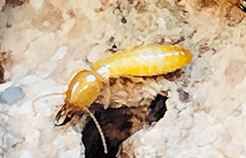
 425-318-7912
425-318-7912